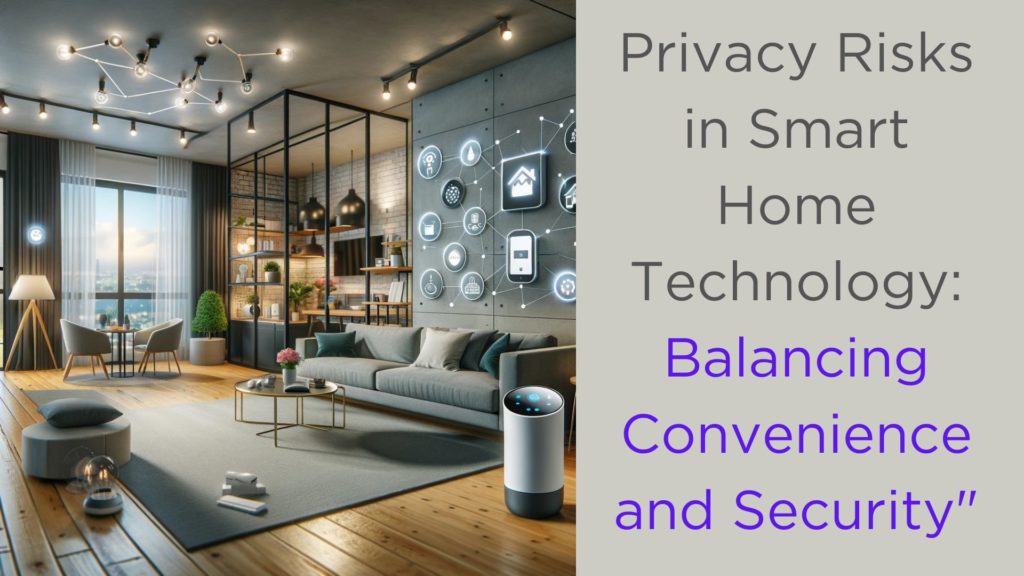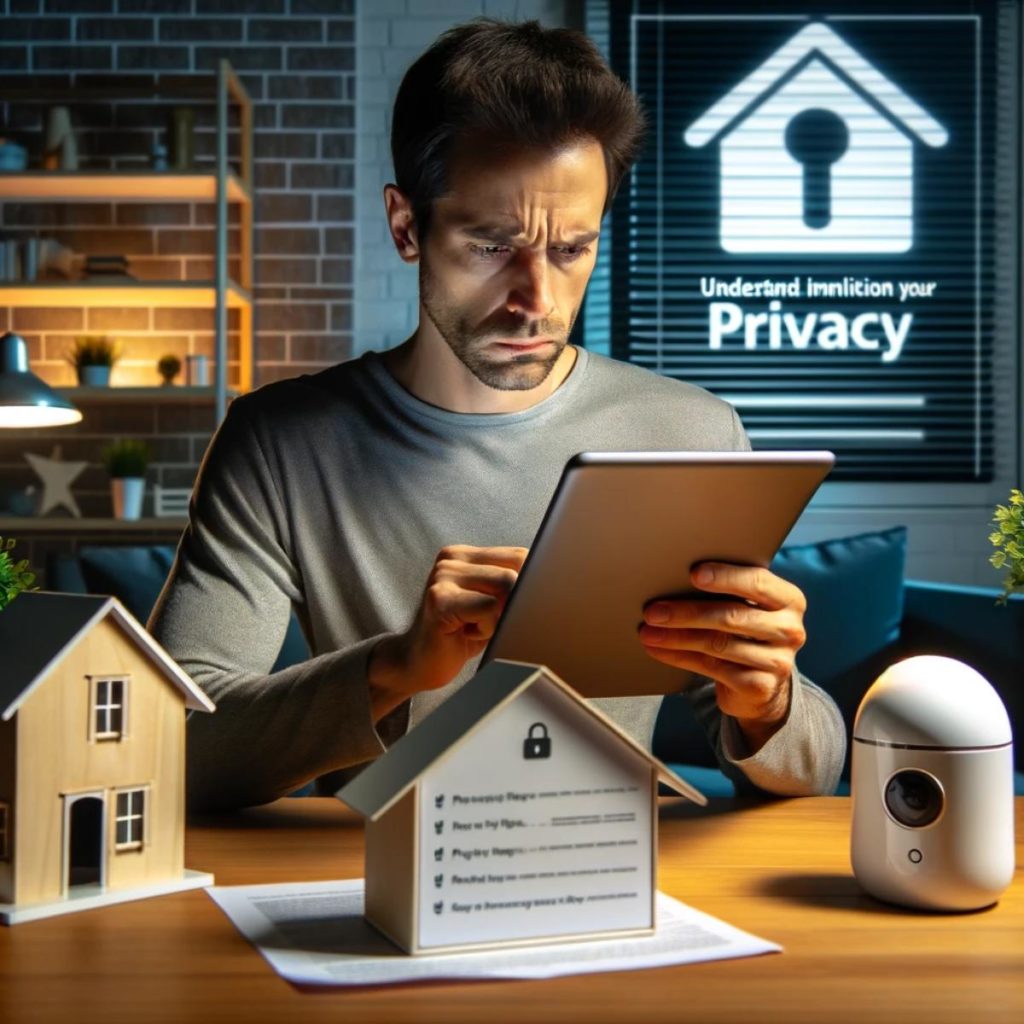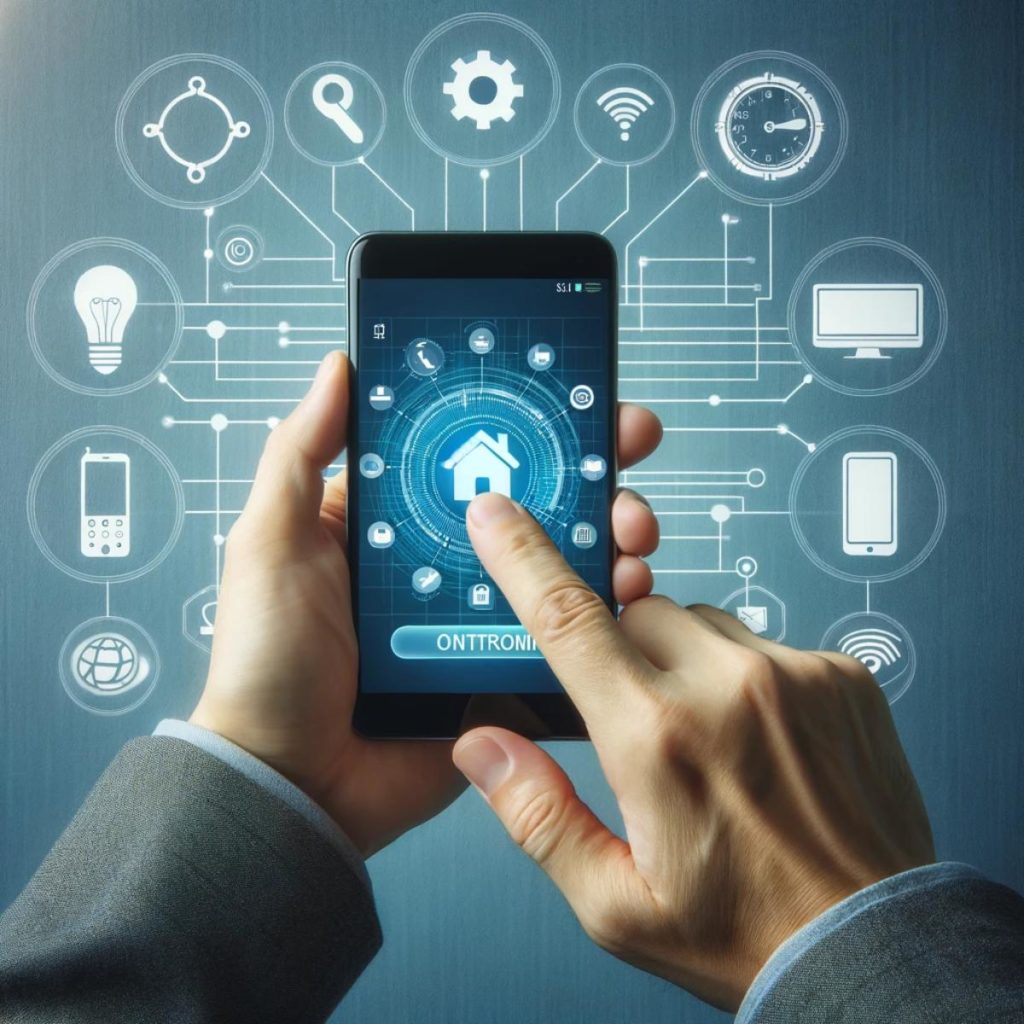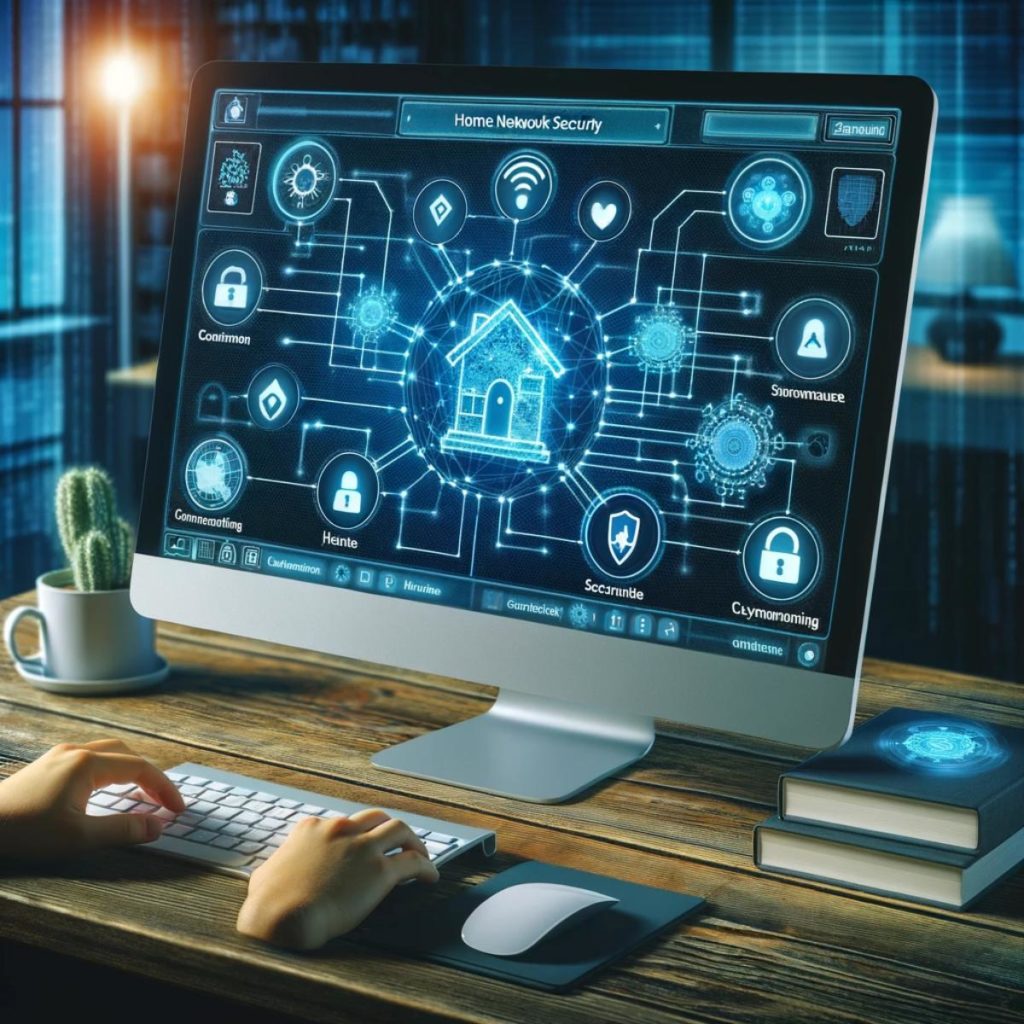Smart home technology, while offering unparalleled convenience and efficiency, also introduces significant privacy and security challenges. In this article, we delve deep into understanding these risks, and provide practical advice on mitigating them.

Quick Navigation in this Resource
- 1 Key Takeaways
- 2 Introduction to Smart Home Technology
- 3 Understanding the Privacy Risks
- 4 Addressing the Security Challenges
- 5 The Benefits vs. Risks
- 6 Practical Tips for Smart Home Safety
- 7 Smart Home Devices: Balancing Risk and Innovation
- 8 Understanding and Mitigating Security Risks
- 9 Protecting Your Privacy and Security
- 10 Practical Tips for Enhancing Smart Home Security
- 11 Frequently Asked Questions
- 12 Conclusion
Key Takeaways
- Smart home technology poses risks to privacy and security.
- Data privacy, cybersecurity, and physical security are major concerns.
- Implementing strong passwords, secure networks, and regular updates can enhance security.
- Understanding the benefits and risks helps in making informed decisions about smart home technology.
Introduction to Smart Home Technology
Smart home technology refers to a network of interconnected devices that offer automation and remote control of various home functions. This includes devices like smart thermostats, security cameras, and smart locks, which are typically controlled through a mobile app or voice commands.
Understanding the Privacy Risks
Data Privacy Concerns
Smart devices collect extensive amounts of data, which can be valuable to advertisers, marketers, or malicious actors. This raises concerns about personal privacy and the potential misuse of data.
Cybersecurity Risks
Smart home devices are susceptible to various cybersecurity threats, including hacking and malware attacks. Weak passwords and unpatched vulnerabilities can expose these devices to cybercriminals.
Addressing the Security Challenges
Two-factor authentication and encrypting data are vital steps in preventing unauthorized access to smart home devices.
Device and Network Security
Ensuring the security of your home network and keeping devices updated with the latest security patches are crucial steps in protecting your smart home from cyber threats.
The Benefits vs. Risks
While smart home technology offers convenience and energy efficiency, it is important to balance these benefits against the potential privacy and security risks.

Practical Tips for Smart Home Safety
Best Practices for Smart Home Safety
- Secure Wi-Fi Network: Encrypt your Wi-Fi network to prevent unauthorized access.
- Strong Passwords: Use unique, strong passwords for your devices and accounts.
- Regular Updates: Keep your software and firmware up to date to protect against vulnerabilities.
As we continue to delve into the complexities of smart home technology and its implications on privacy and security, it becomes increasingly clear that a balance must be struck between enjoying the conveniences of this technology and safeguarding our personal information.
Smart Home Devices: Balancing Risk and Innovation
Advancements in Smart Home Devices
Smart home technology has evolved to include a variety of devices, each presenting unique security challenges and opportunities for innovation.
Risks Associated with IoT Devices
Internet of Things (IoT) devices, which form the backbone of smart home technology, are prone to vulnerabilities that can be exploited by cybercriminals.
Innovative Solutions to Privacy Concerns
Despite these risks, ongoing advancements in technology continue to provide innovative solutions aimed at enhancing privacy and security in smart homes.

Understanding and Mitigating Security Risks
Comprehensive Home Automation Systems
Home automation systems integrate multiple devices through a centralized platform, increasing the risk of privacy breaches if not properly secured.
Energy-Efficient Homes and Privacy
While energy-efficient devices optimize energy usage, they also collect data that can be sensitive, making privacy a crucial consideration.
Home Security Systems and Privacy
Advanced home security systems, though providing enhanced safety, collect extensive data that can be vulnerable to privacy breaches.
Protecting Your Privacy and Security
Monitoring Device Permissions and Access
Regularly reviewing device permissions is vital in safeguarding against unauthorized access and maintaining security.
Mitigating Security Risks in Smart Homes
Understanding the source of risks in smart homes, such as insecure devices and networks, is crucial in mitigating these risks effectively.

Practical Tips for Enhancing Smart Home Security
Using Separate Wi-Fi Networks
Setting up separate Wi-Fi networks for smart home devices can significantly reduce the risk of cyber-attacks.
Changing Default Passwords
Default passwords on smart gadgets should be changed immediately to prevent unauthorized access.
Frequently Asked Questions
How can I secure my smart home devices?
Regularly updating software, using strong passwords, and enabling two-factor authentication are some effective ways to secure smart home devices.
What are the privacy risks of smart home technology?
Smart home devices can collect extensive personal data, which if not properly secured, can lead to privacy breaches and identity theft.
Can smart home technology be hacked?
Yes, smart home devices can be vulnerable to hacking, especially if they have weak security measures or unpatched software vulnerabilities.
As we navigate the complex landscape of smart home technology, it’s evident that staying informed and proactive is key to enjoying the benefits of this innovation while protecting our privacy and security.
For a deeper understanding of specific smart home devices, such as Z wave and SmartThings hubs.
Conclusion
Smart home technology undoubtedly offers numerous benefits. However, being aware of and addressing the associated privacy and security risks is essential for a safe and secure smart home experience.
Remember, the key to a safe smart home lies in staying informed and taking proactive steps towards securing your devices and data.
Disclaimer: The YouTube links provided in this article are for informational purposes only
Pingback: Voice-Controlled Smart Home: Harnessing The Power Of Innovation